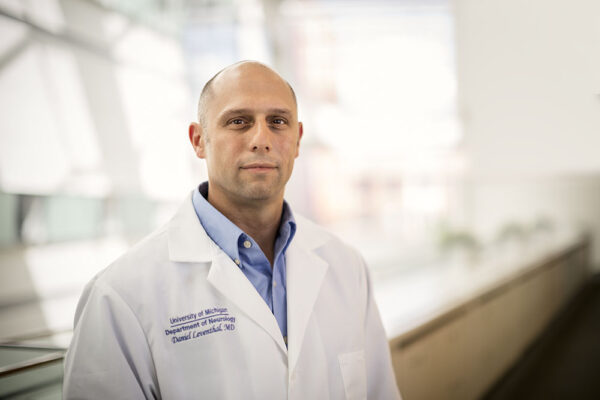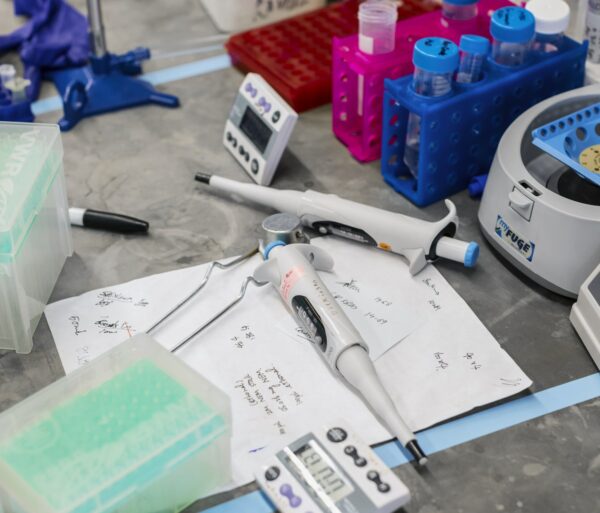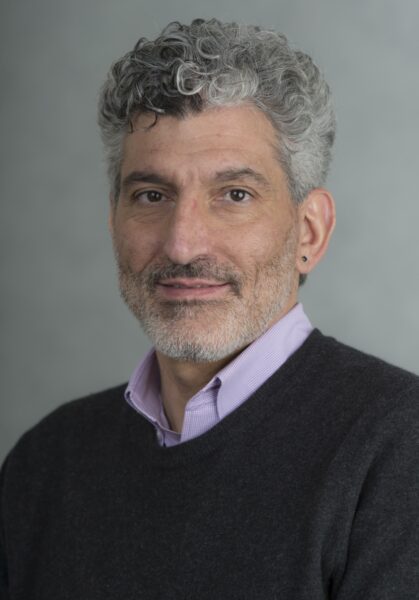
All too familiar
Parkinson’s disease strikes about one in every 100 persons over age 61 —more than 500,000 people in the U.S. alone based on 2010 census figures.
Failure to communicate
The disease causes neurons in a part of the brain to deteriorate or die. As these neurons fail, the brain produces less dopamine, a chemical that carries messages associated with motor control.
Dopamine replacement medication makes it easier for many with Parkinson’s to move through their lives, at least for a while. Taken over long periods these drugs often become less effective and can cause a range of serious side effects.
Neuroscientists have two competing hypotheses on how dopamine aids movement in the moment (performance) or movement in the future (learning). Each hypothesis points to a different way that current dopamine replacement therapies might be altered to achieve better results.
Research supported by the Brain Research Foundation may confirm one of the two theories, or lead to a new understanding of dopamine deficiency in people living with Parkinson’s disease.
Turning cells on and off
A team at the University of Michigan led by Daniel Leventhal, M.D., Ph.D., conducted a series of experiments to observe rodents performing skilled reaching movements (very similar to how humans reach) with and without dopamine at work to facilitate delivery of motor control signals.
As the animals reached for food, individual dopamine cells were to be turned on or off by light pulses timed to the millisecond. At the same time, a high-speed camera linked to software that reconstructs 3D images was to record the animals’ movements. The resulting images were to allow the team to analyze how movement is affected by the presence or absence of dopamine.
More precise observation
Different from previous investigations, this study worked to document and analyze the movement of individual paw digits. Dr. Leventhal said the team has seen evidence that this refinement is important to understanding how dopamine figures into both performance- and learning related motor control.
Parkinson’s and beyond
Dr. Leventhal expected his study to validate one of the competing hypotheses for refining dopamine replacement therapy—or some combination of the two—to better treat Parkinson’s disease and manage its complications. In addition, he said the team’s findings may lead to new options for treating other movement disorders linked to dopamine such as dystonia and attention deficit hyperactivity disease. Good news for millions more people.
1 de Lau, L.M. & Breteler, M.M. Epidemiology of Parkinson’s disease. Lancet Neurol 5, 525-535 (2006)



